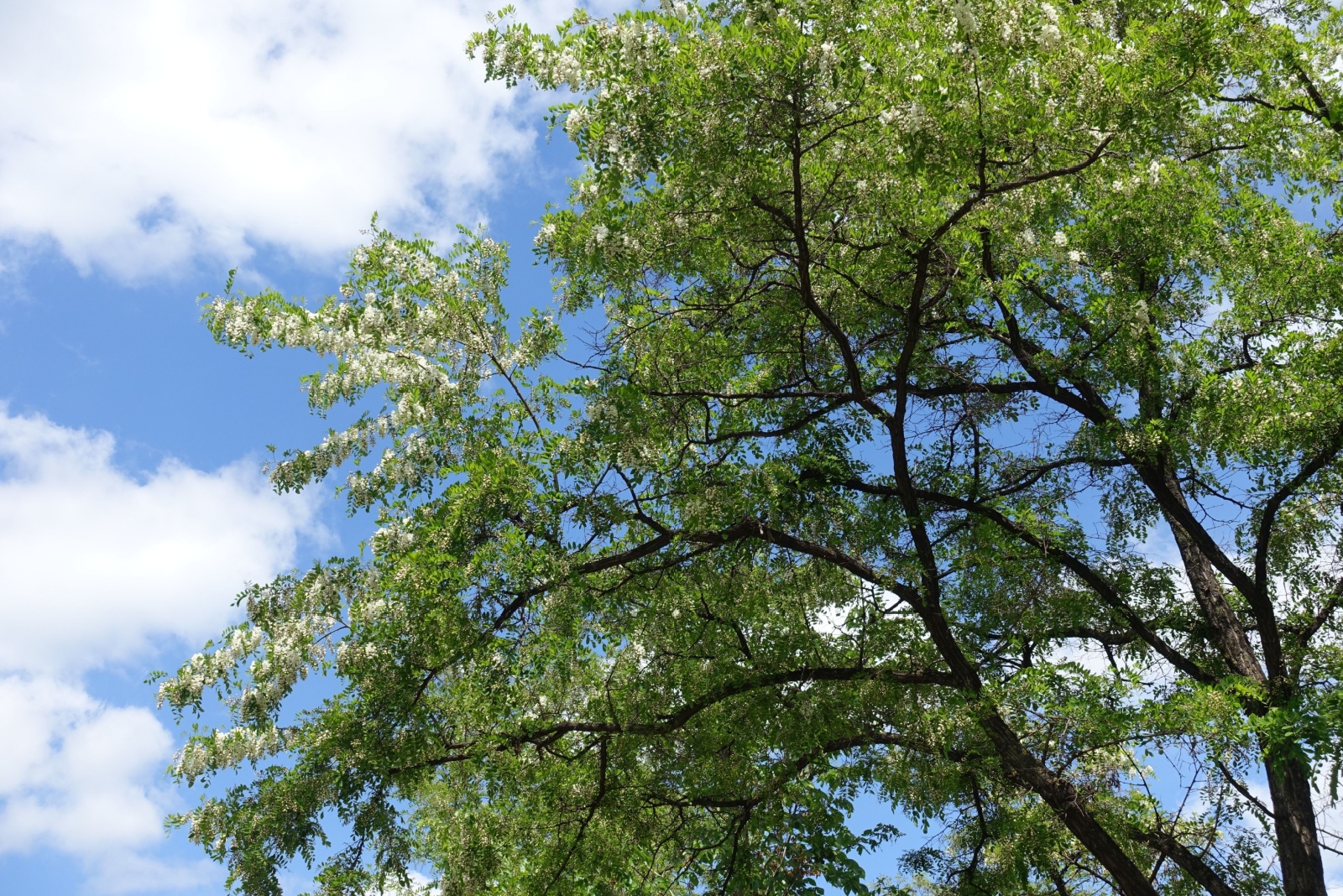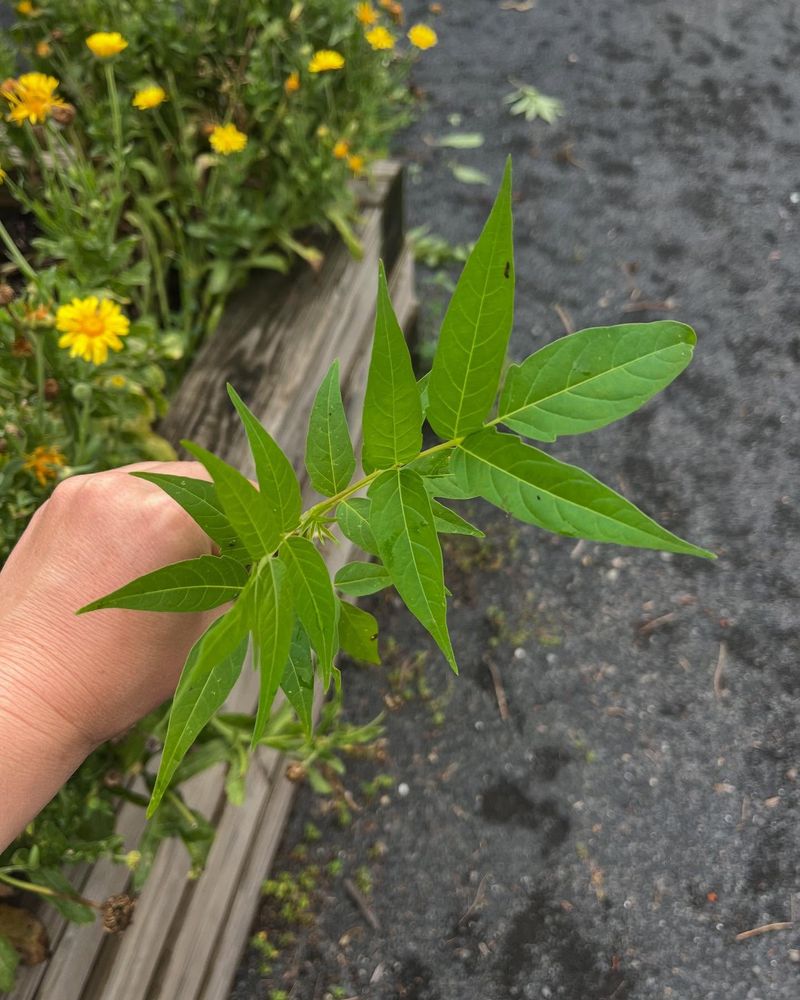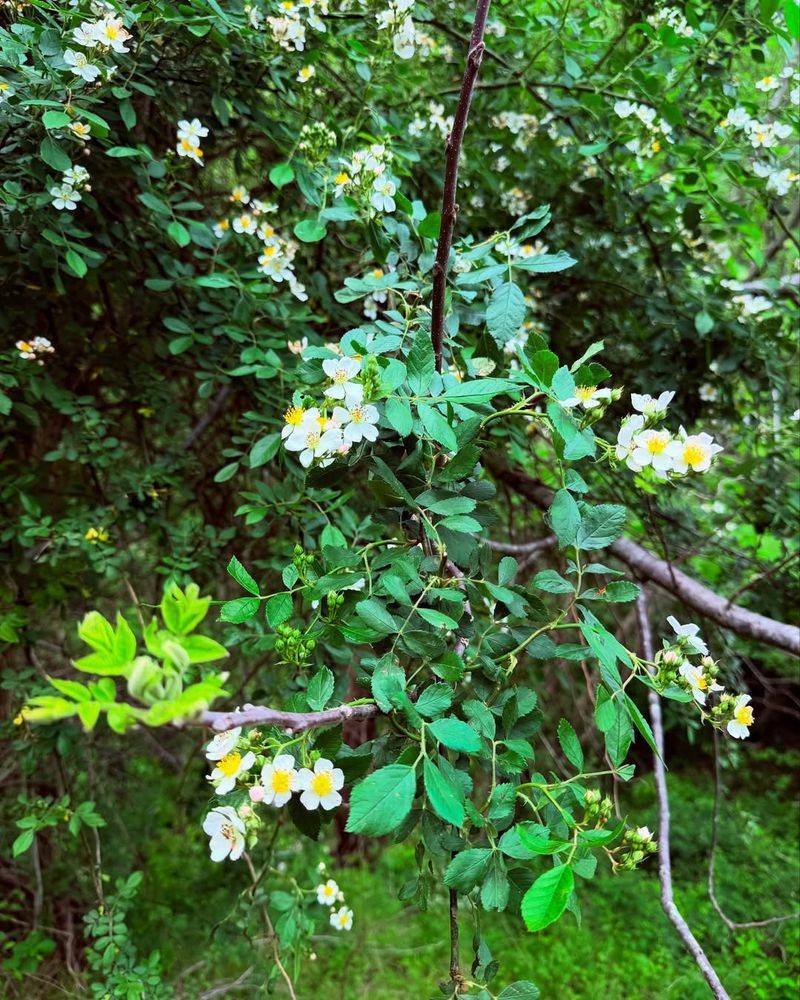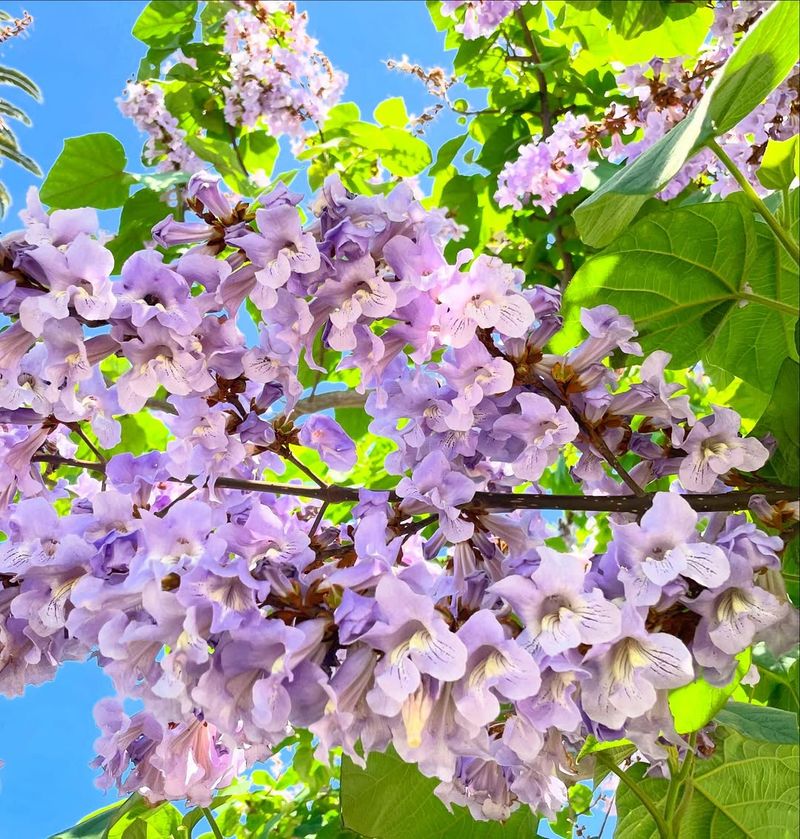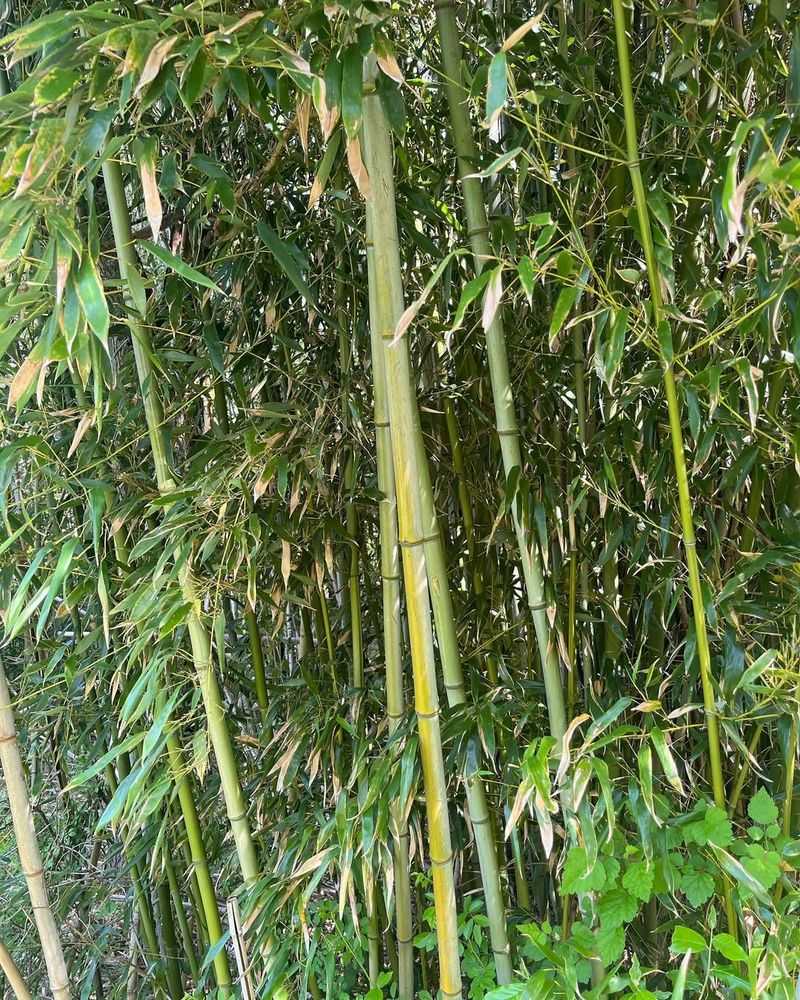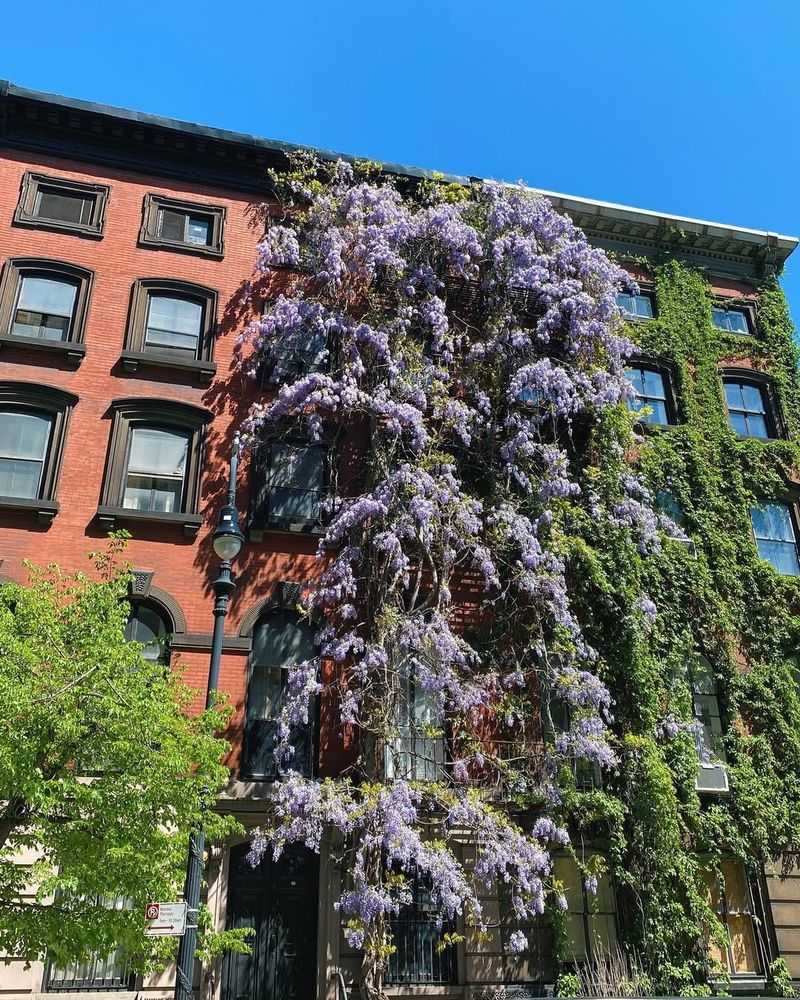Maryland has trees that turn a quiet yard into a legal minefield. One wrong pick, and a homeowner faces a fine that hits like a ton of bricks.
Some species hide danger behind fresh leaves and tall trunks, and the law shows no mercy. Know which trees spark trouble before a penalty lands on your doorstep.
1. Tree of Heaven
Spotted all over Maryland, this fast-growing invader spreads like wildfire through root systems and seeds. Property owners face penalties because it crowds out native plants and damages foundations with aggressive roots.
The tree releases chemicals that poison surrounding vegetation, creating zones where nothing else grows. Local authorities require removal because it harbors spotted lanternflies, a destructive pest threatening agriculture.
Professional removal is recommended since cutting triggers even more shoots to sprout from the roots.
2. Bradford Pear
Beautiful white blooms fool homeowners into thinking this ornamental is harmless. Bradford Pears have weak wood that splits easily during storms, causing property damage and safety hazards that can result in violations.
Maryland officials discourage planting because the tree escapes cultivation and invades natural areas. Its dense growth shades out native wildflowers and disrupts forest ecosystems.
Removing mature specimens before they drop fruit prevents spread. Many counties now include it on prohibited species lists with enforcement penalties.
3. Norway Maple
Dense shade from this European import starves native plants of sunlight, earning it a spot on Maryland’s invasive list. Property owners who let it spread into protected woodlands may face regulatory action.
The tree produces thousands of helicopter seeds that germinate easily, creating thick stands. Its shallow roots make lawn maintenance difficult and compete with other plants for water.
Municipalities often require permits before removal, but leaving it untouched can trigger fines in conservation areas.
4. Multiflora Rose
Although technically a shrub, this thorny menace grows tall enough to qualify as a small tree. Its aggressive growth forms impenetrable thickets that reduce property values and create wildlife hazards.
Maryland law considers it a noxious weed in many jurisdictions. Landowners must control its spread or risk penalties, especially near agricultural areas where it damages pastures.
The plant produces thousands of rose hips eaten by birds, which spread seeds everywhere. Complete removal requires digging out roots.
5. Black Locust
Fragrant flowers and rapid growth make Black Locust seem desirable until it takes over. Root suckers pop up everywhere, creating dense groves that push out native species and complicate land management.
While native to parts of North America, it becomes invasive outside its range. Maryland counties with conservation easements often mandate removal when it threatens sensitive habitats.
The wood is rot-resistant but the tree’s aggressive spreading habit causes problems. Fines apply when landowners ignore control orders.
6. Autumn Olive
Silvery leaves and abundant red berries make Autumn Olive look innocent, but it aggressively colonizes disturbed areas. Birds spread the seeds, creating dense stands that outcompete native berry producers.
Maryland environmental agencies target this species because it alters soil chemistry through nitrogen fixation. This change benefits the invader while harming native plants adapted to local conditions.
Landowners in watershed protection zones must remove it or face enforcement. The berries are edible but allowing spread brings penalties.
7. Princess Tree
Stunning purple flowers and enormous leaves give Princess Tree tropical appeal, but its aggressive seeding makes it a nightmare. Millions of tiny seeds spread by wind allow it to colonize disturbed sites rapidly.
Maryland classifies it as invasive because it damages native forest regeneration. Young trees grow several feet per year, quickly overtaking slower native species.
Counties near protected lands enforce removal requirements strictly. The lightweight wood breaks easily, creating hazards that compound violation risks for property owners.
8. Bamboo Species
Running bamboo varieties spread through underground rhizomes that ignore property lines, creating neighbor disputes and legal problems. Maryland homeowners associations frequently ban it, and violations bring fines.
The plants can crack foundations and lift pavement as they expand. Controlling spread requires expensive barrier installation or complete removal.
Local ordinances in many Maryland counties classify uncontained bamboo as a nuisance. Property owners must prove containment or remove it entirely to avoid escalating penalties and potential lawsuits.
9. Wisteria Vines
Gorgeous cascading purple flowers hide Wisteria’s destructive nature. The woody vines strangle trees, pull down structures, and require constant maintenance to prevent property damage.
When allowed to grow wild, Wisteria escapes into natural areas and smothers native vegetation. Maryland conservation regulations may require removal from properties adjacent to protected forests.
The vines grow thick as tree trunks and become nearly impossible to remove without professional help. Code enforcement targets neglected properties where Wisteria threatens neighboring lands.

